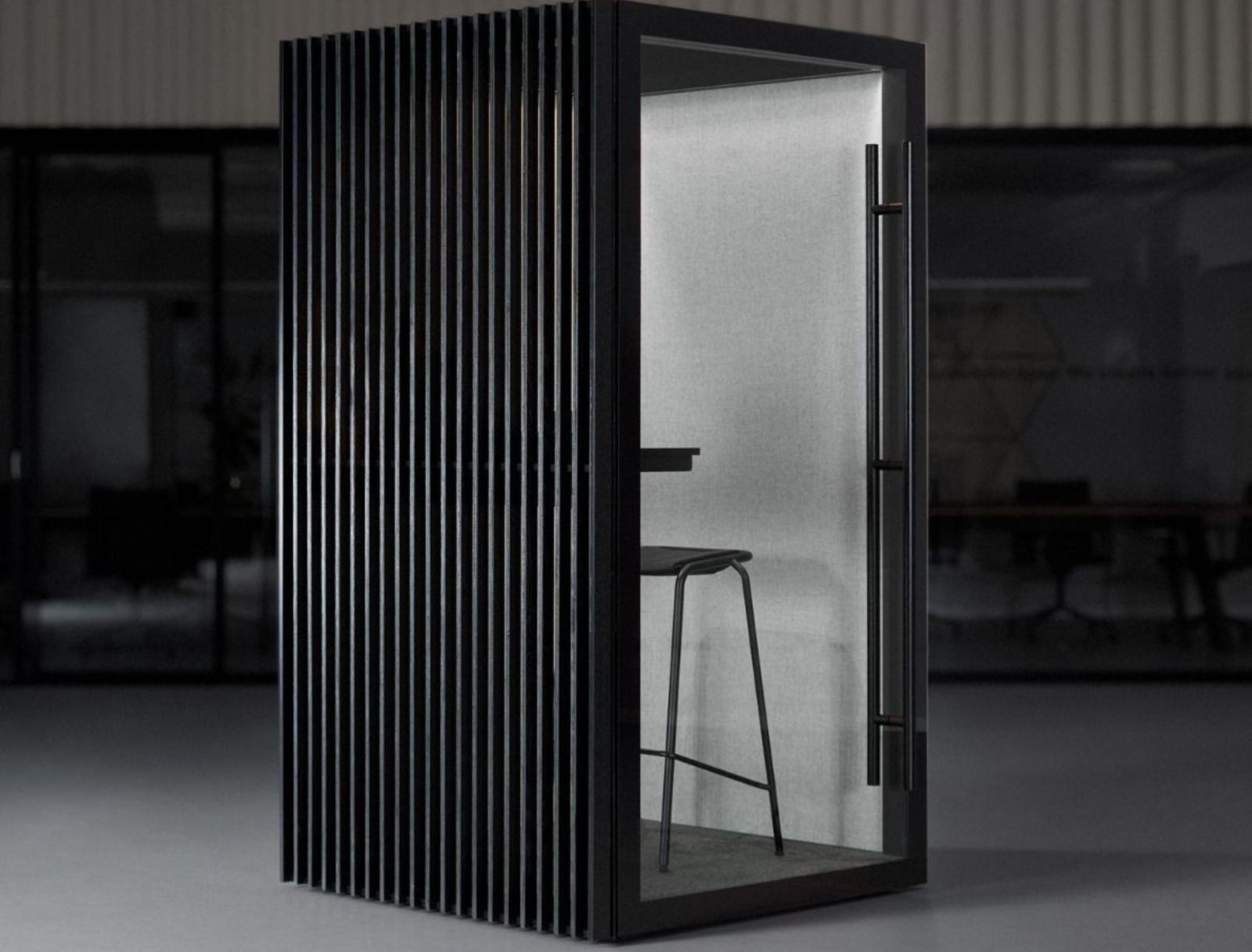
Only sustainable products
Configurable products
Installation available
Free acoustic advice
The Top 9 Tips for Choosing Acoustic Panels
The Top 9 Tips for Choosing Acoustic Panels
Acoustic panels are an essential part of any space where sound quality matters. They help to reduce echo and improve the overall sound quality in a room. Here are the top 9 tips for choosing acoustic panels for your space.
| Tip | Description |
|---|---|
| Symmetry | Place the panels symmetrically, using the wall length and any sub-patterns (lights, grids, doors) to dictate the best spacing. |
| Spacing | Spread the acoustic panels out to improve the efficiency of the acoustic treatment. |
| Height | Don't place panels too high – keep acoustical panels within 12-14′ AFF (above finished floor). |
| Reflection points | Place acoustic panels at the first place on the wall where sound waves tend to hit before reaching the listener's ears. |
| Corners | Don't forget the corners. Corners are a common place for sound to reflect, so placing acoustic panels in the corners can help to reduce echo. |
| Experimentation | Keep in mind that acoustically treating a room tends to be a fluid process. Experiment with what sounds best in your space. |
| Consider the features of your space | Every space is different, and the right answer can vary a lot. |
| Determine the location of the acoustic panels | Finding the ideal positioning depends on several factors, including the type of panel and the acoustic problem you're trying to solve. |
| Choose the right type of acoustic panel | Consider factors such as the size of the room, the type of noise you want to block, and your budget when selecting acoustic panels. |
1. Symmetry
Symmetry is key when placing acoustic panels. The panels should be arranged symmetrically, using the wall length and any sub-patterns (lights, grids, doors) to dictate the best spacing. This will ensure that the sound is evenly distributed across the room, providing the best sound quality possible.
If you're interested in investing in the most common acoustic treatments, check out Sonio's Acoustic Wall Panels collection.

Acoustic wall panels are a common solution
2. Spacing
Spacing is another important factor to consider. The acoustic panels should be spread out to improve the efficiency of the acoustic treatment. Don't hang all acoustical panels in a single area, or on a single wall. Instead, put them in equal numbers across the entire space.
If you're interested in purchasing Acoustic Ceiling Panels, check out Sonio's Acoustic Ceiling Panels collection.

Acoustic rafts perform an important job
3. Height
The height at which the panels are placed is also crucial. Don't place panels too high – keep acoustical panels within 12-14′ AFF (above finished floor). This will ensure that the sound is absorbed at the level where it is most likely to be heard.
If you're interested in purchasing Acoustic Ceiling Baffles, check out Sonio's Acoustic Ceiling Baffles collection.

Acoustic baffles are a unique acoustic treatment
4. Reflection Points
Place acoustic panels at the first place on the wall where sound waves tend to hit before reaching the listener's ears. This is known as the reflection point. For managing surround systems, acoustic panels should be placed centered at speaker reflection points.

If you're interested in purchasing Acoustic Screens, check out Sonio's Acoustic Screens collection.

De Vorm make a great free standing acoustic divider!
5. Corners
Don't forget the corners. Corners are a common place for sound to reflect, so placing acoustic panels in the corners can help to reduce echo. This will improve the overall sound quality in the room. Products such as Autex Symphony can be a nice cheap solution for minor acoustic issues, but if you have a lot of echo or reverb in your space more treatment will be necessary.

If you're interested in purchasing Acoustic Fabric, check out Sonio's Acoustic Fabric collection.
6. Experimentation
Keep in mind that acoustically treating a room tends to be a fluid process. Experiment with what sounds best in your space and always remember to stay positive. It may take some time and adjustments to find the perfect setup for your room.
7. Consider the Features of Your Space
Every space is different, and the right answer can vary a lot. It's important to consider the features of your space before locking in an acoustic panel number. For example, a room with a lot of hard surfaces may require more panels than a room with a lot of soft furnishings.
8.Determine the Location of the Acoustic Panels
Finding the ideal positioning depends on several factors, including the type of panel and the acoustic problem you're trying to solve. For example, if you're trying to reduce echo, you may want to place the panels at the reflection points in the room.
9. Choose the Right Type of Acoustic Panel
There are several types of acoustic panels available, each with its own unique features and benefits. Here are some of the most common types of acoustic panels:
- Fiberglass panels
- Fabric-wrapped panels
- Perforated wood panels
- Foam panels
- PET/felt panels
- Cementitious panels
Consider factors such as the size of the room, the type of noise you want to block, and your budget when selecting acoustic panels. For example, fiberglass panels are excellent at absorbing sound and are a popular choice for reducing echoes in a room.
Conclusion
In conclusion, choosing the right acoustic panels for your space can greatly improve the sound quality and reduce echo. By considering factors such as symmetry, spacing, height, reflection points, corners, and the features of your space, you can create an acoustically pleasing environment. Remember to experiment with different setups and choose the right type of acoustic panel for your needs. Our products are designed to provide exceptional sound absorption while also enhancing the aesthetics of any space. Contact us today to learn more about how our acoustic solutions can benefit your business or project.
[related_products is_auto_added="1"] Acoustic Wall Panels
Acoustic Wall Panels  Acoustic Ceiling Panels
Acoustic Ceiling Panels  Acoustic Ceiling Baffles
Acoustic Ceiling Baffles  Acoustic Screens
Acoustic Screens  Acoustic Fabric
Acoustic Fabric  Acoustic Lighting
Acoustic Lighting  Acoustic Booths and Pods
Acoustic Booths and Pods  Acoustic Panel Accessories
Acoustic Panel Accessories 









































